 TECH
TECH
 Images by Ryan Foss
Images by Ryan Fosshen the team at Eddie Motorsports set out to build a 1972 Chevy Nova to display at the SEMA show they knew it had to be something special. To that end, they called on Heidts for a suspension update and Wilwood to supply state-of-the-art brakes.
To compete with the Ford Falcon, Chevrolet introduced the Chevy II in 1962. It was available in three trim levels: the 100 series, 300 series, and Nova 400 series. By 1964 the legendary 283 V-8 was offered and when the 327 V-8 became available the following year the little Chevy became a formidable performer.
For the 1966 model year, a restyled second generation of the Chevy II appeared, then in 1968 the third generation that would continue through 1974 was introduced (in 1969 the Chevy II name was dropped in favor of Chevrolet Nova).
Heidts’ Pro-G IFS is a complete bolt-on suspension system that features redesigned framerails that allow the use of a 335mm tire (that’s 13 inches of rubber). For strength, the control arms are made from DOM (drawn over mandrel) seamless tubing; the uppers are made from 11/4 inch x 0.188 wall tubing, while the lowers measure 11/2 inch x 0.156 wall.
Another unique feature of the Pro-G suspension can be found in the spindles as they are considerably different than the commonly used Mustang II style. The Heidts spindles are taller for improved suspension geometry by producing a more linear camber curve during suspension travel, while the raised pin locations (or where the hubs attach) drops ride height by 2 inches. A power rack-and-pinion unit replaces the original steering box, and QA1 coilovers replace the original springs.
In the rear, the Pro-G kit includes a pair of weld-in crossmembers. The front crossmember provides multiple attachment points for the upper control arms that provide suspension tuning options not possible with a normal four-bar system. The rear lower control arms attach to brackets on the axle housing (which also have multiple attachment points) while the front of the arms bolt to the factory leaf spring brackets. The Heidts rear crossmember mounts the Panhard bar and the QA1 coilovers.
CF-112- 68-74 Nova PRO-G subframe
CF-560- Pro-G control arm kit
with 6 degrees of caster
SP-110- PRO-G spindles
CQ-160- QA1 coilover shocks
OPR-202- power steering rack
MM-300- PRO-G motor stand kit
MM-200- LS engine mount adapters
SB-112-K- PRO-G sway bar (not shown)
RC-101-MT- 68-74 Nova mini-tub four-link kit
RC-108- links and hardware
CO-101- standard coil over shocks
CR-300-11-B- 300# springs
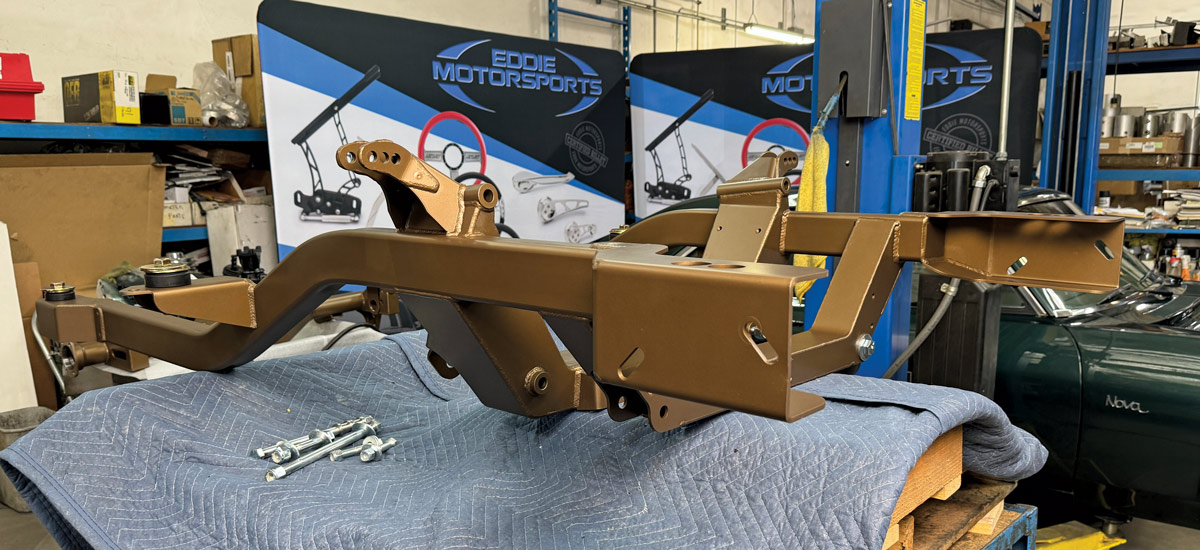

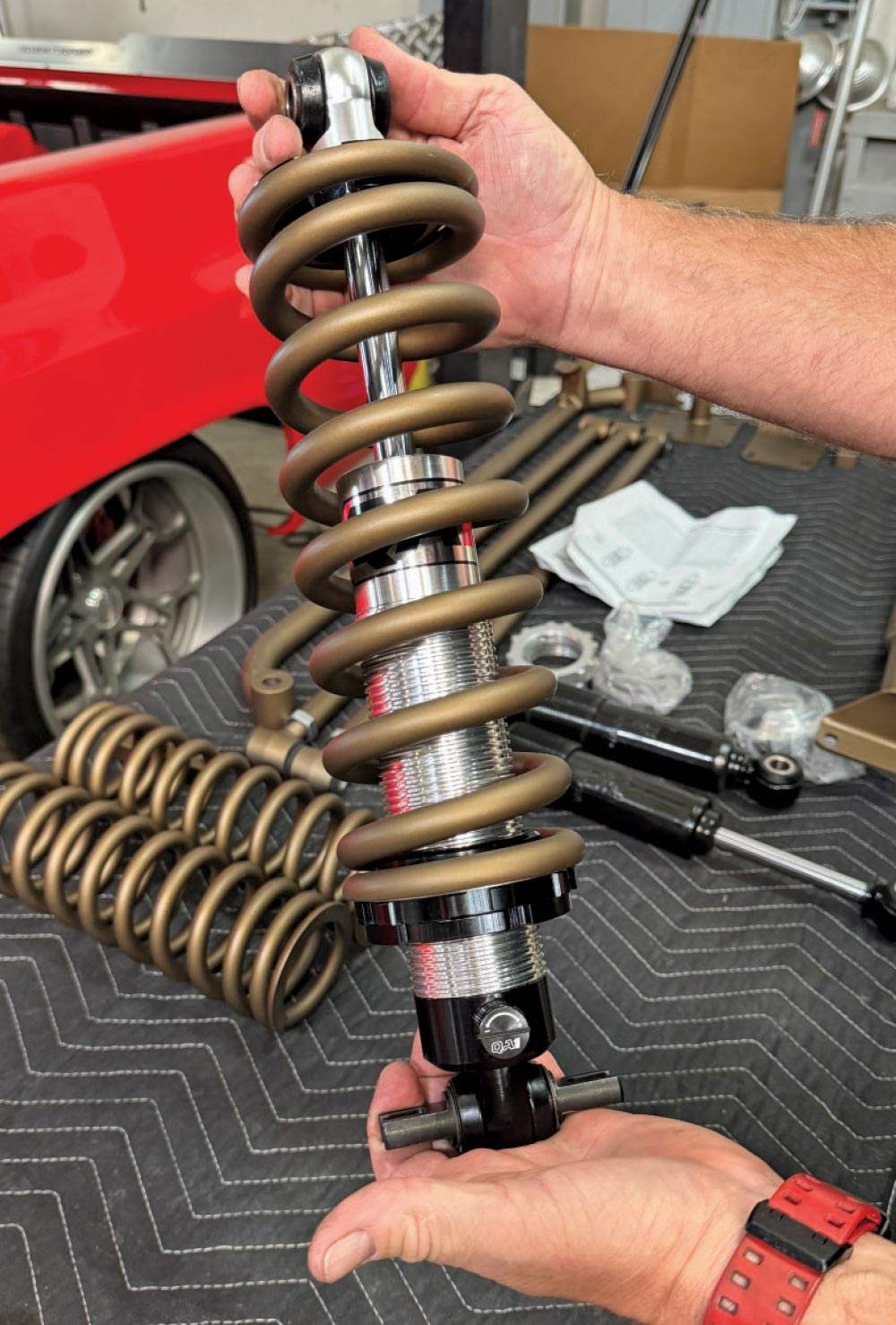



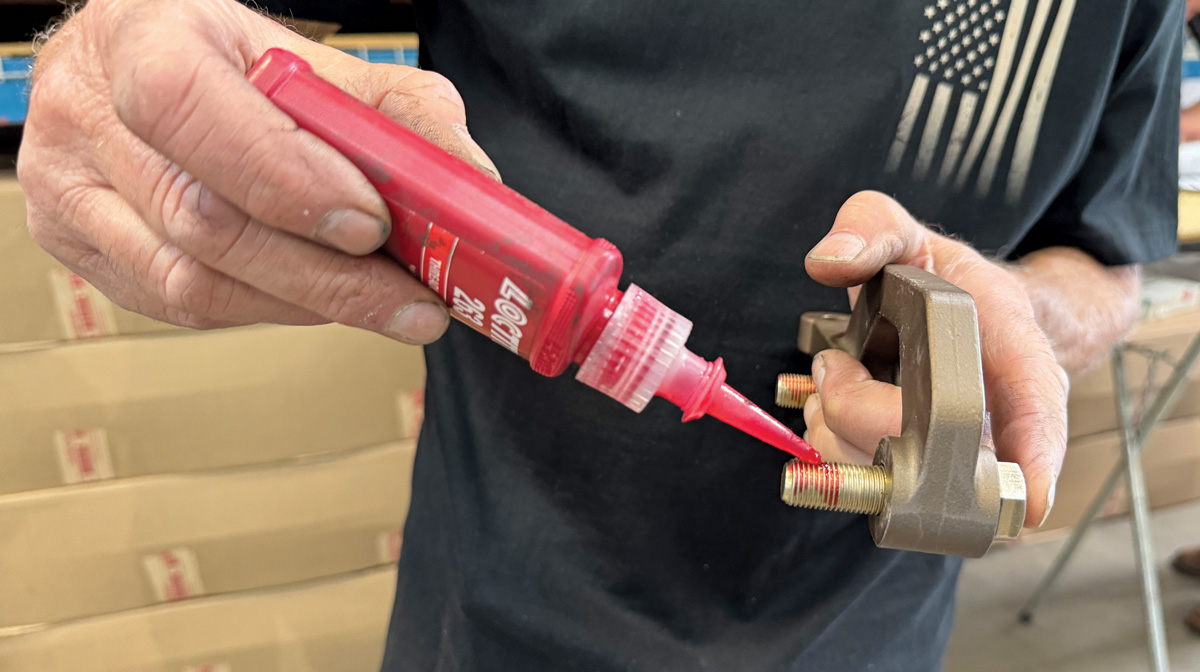
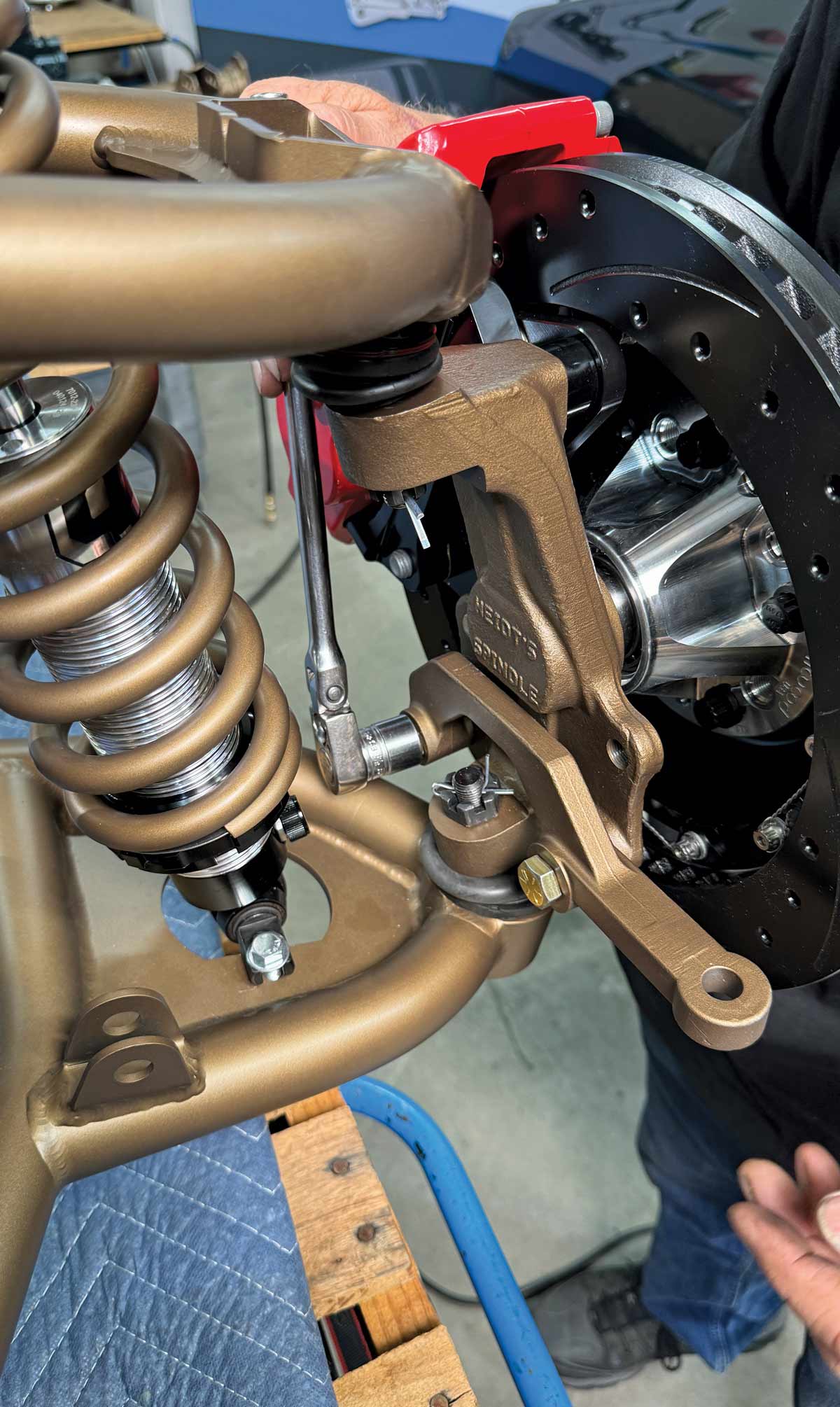
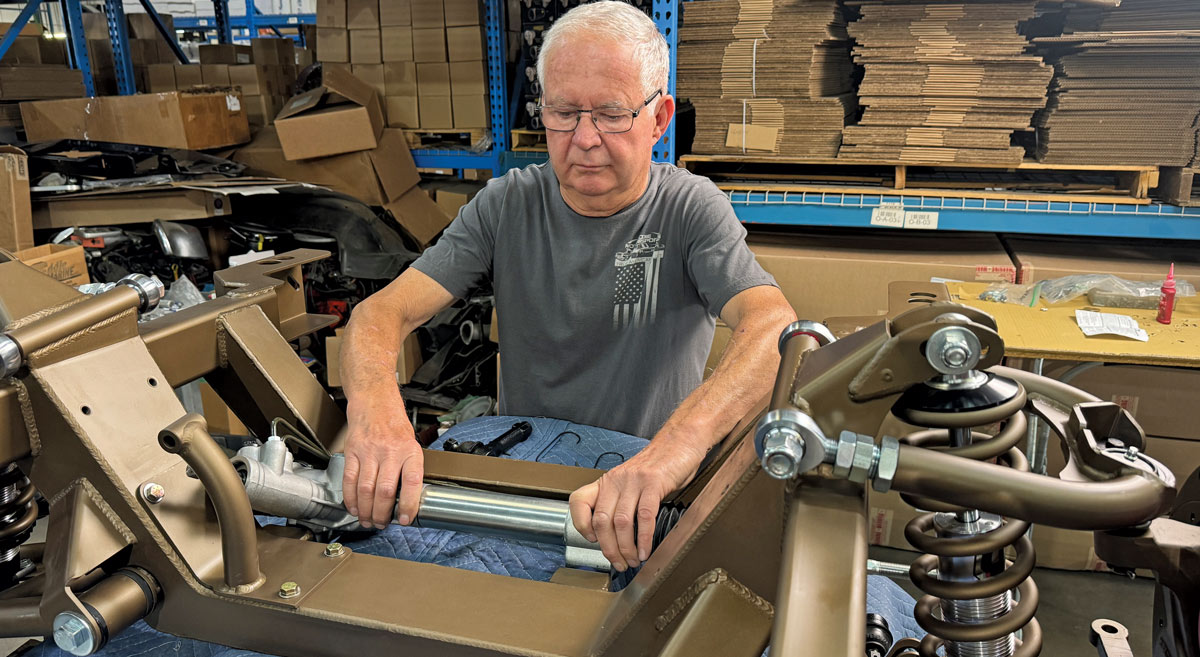


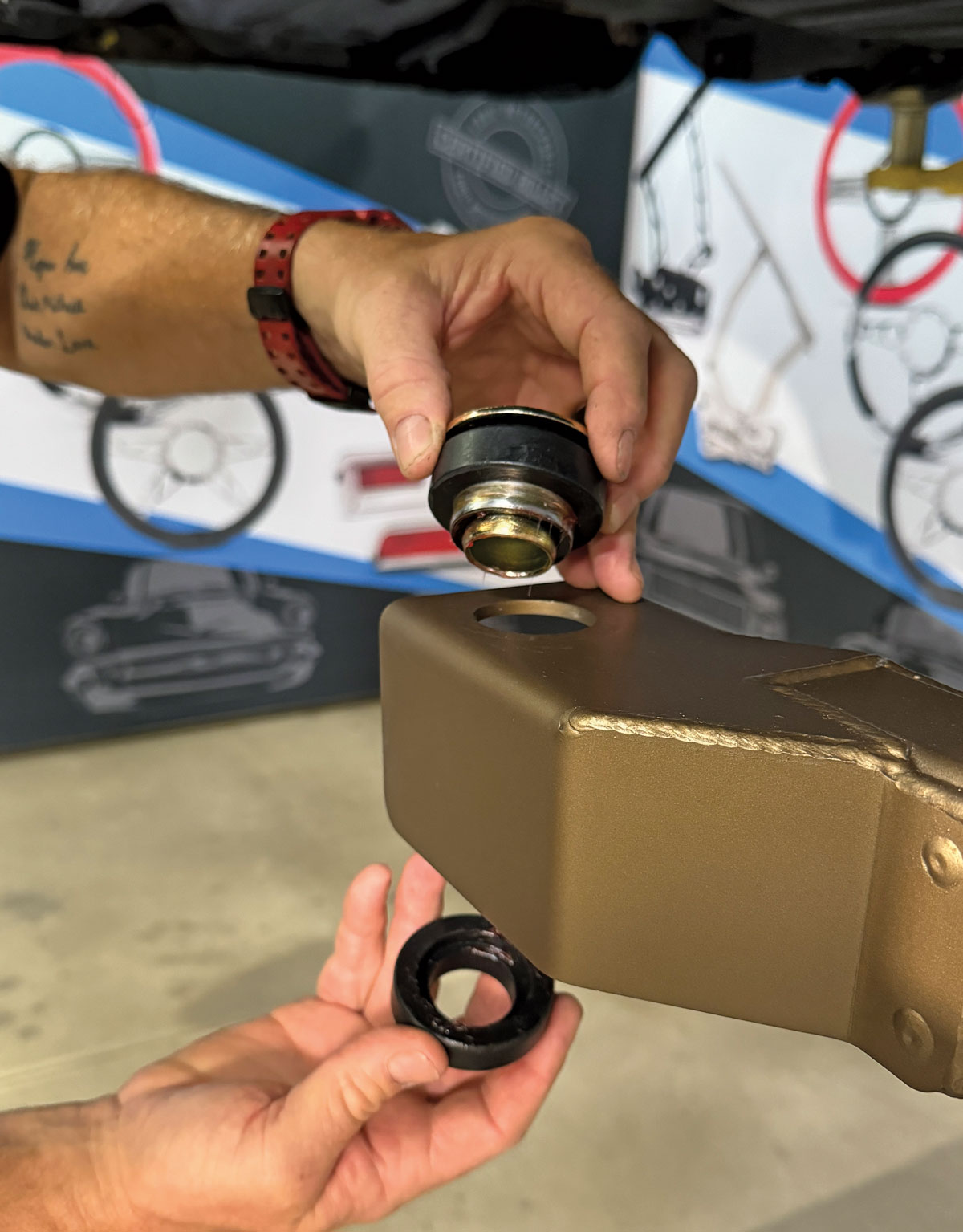
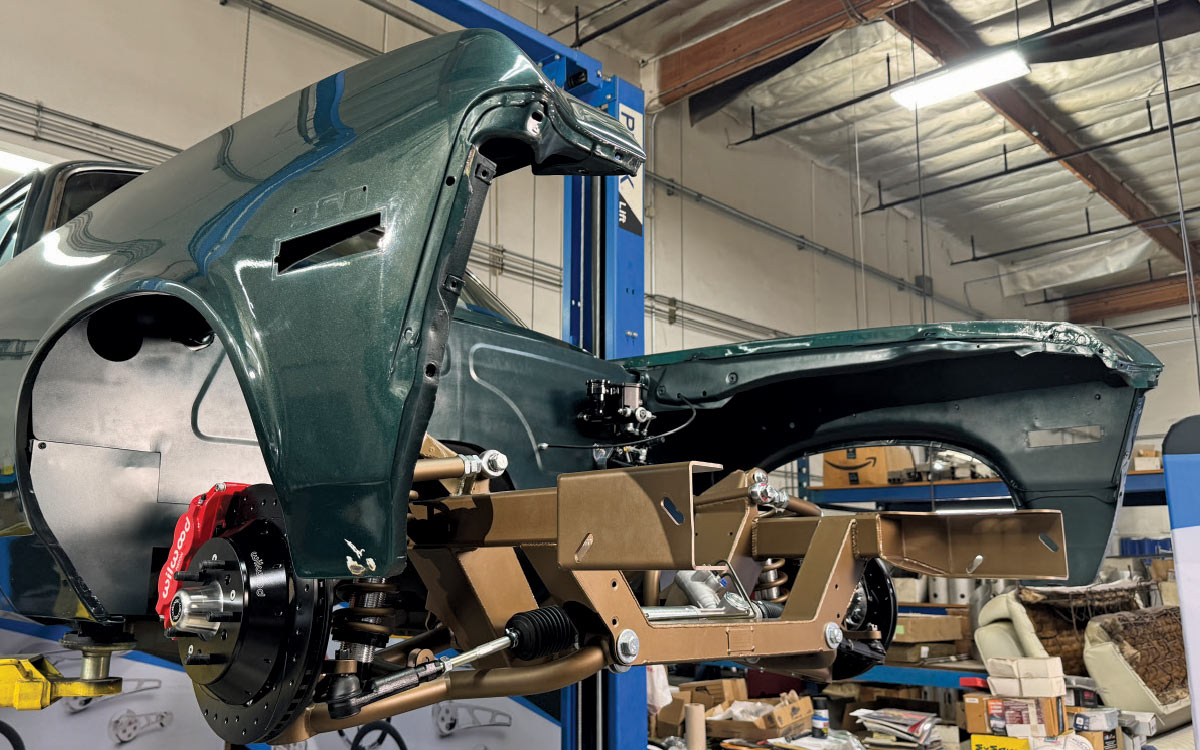
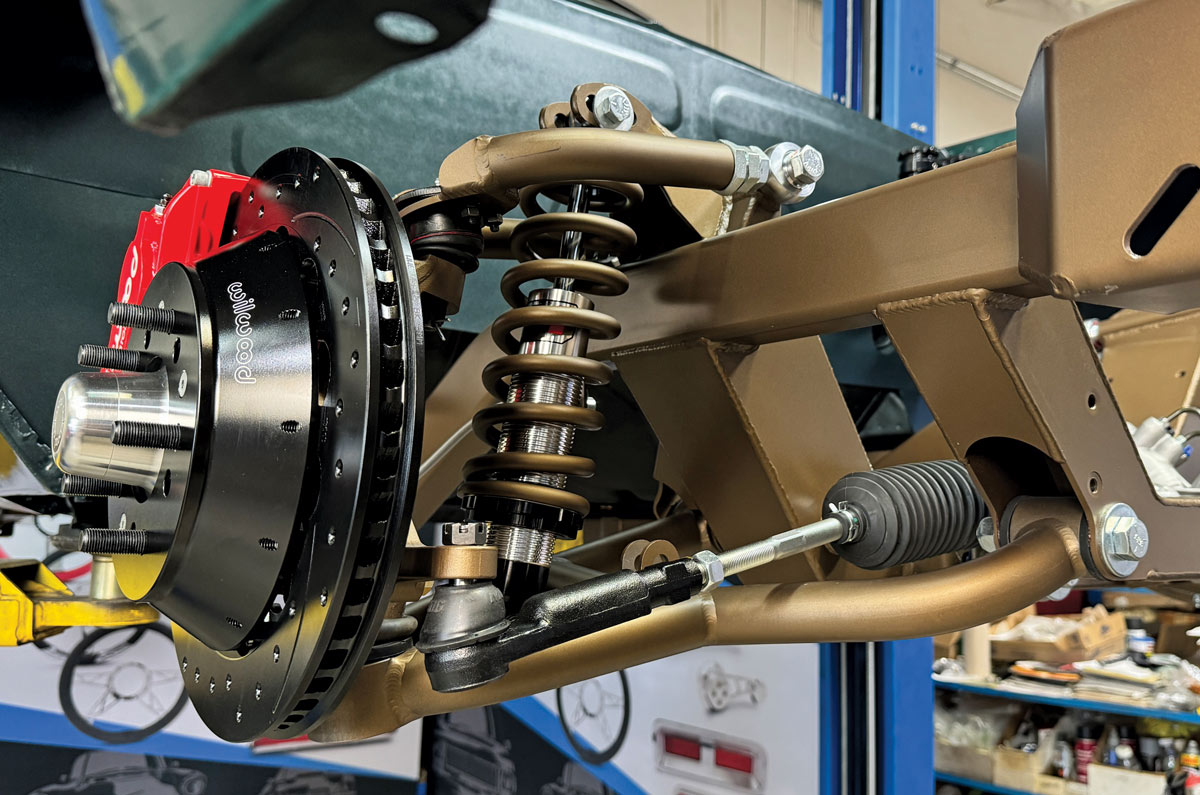


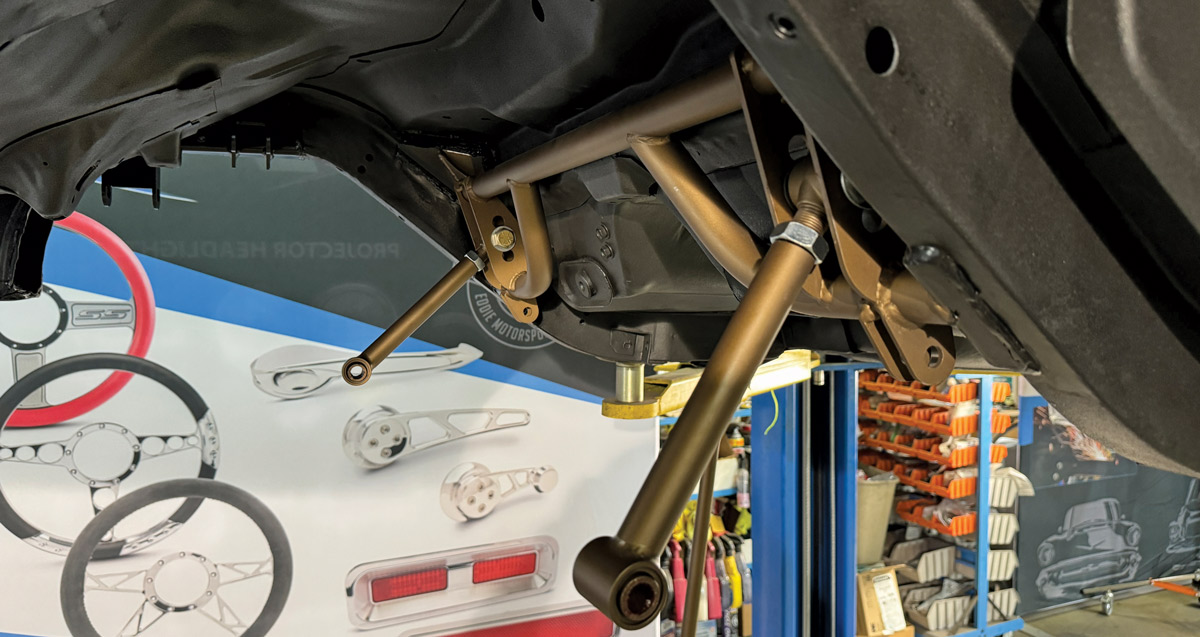


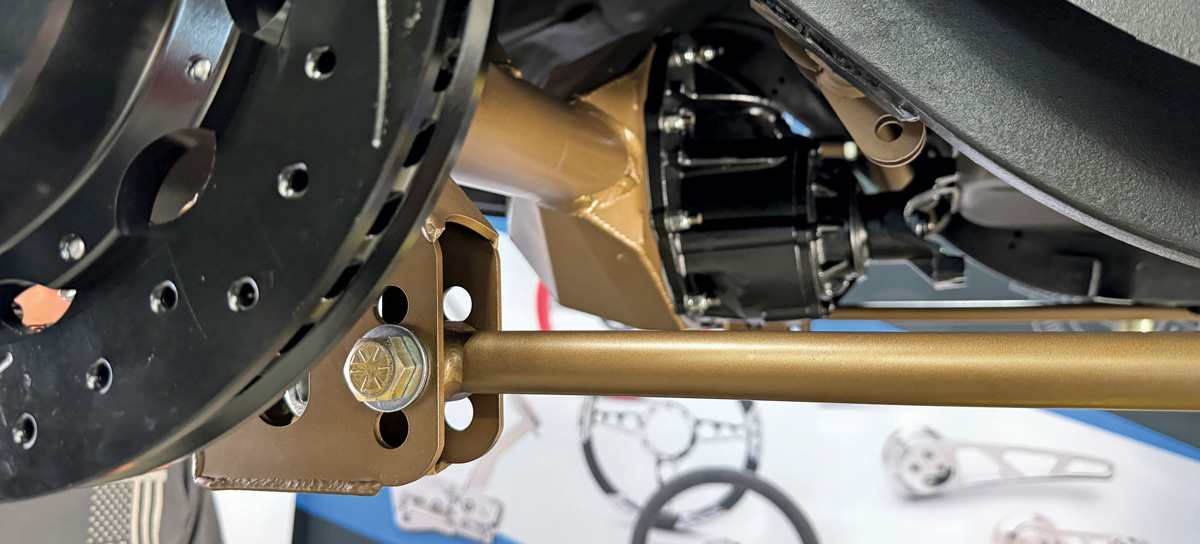
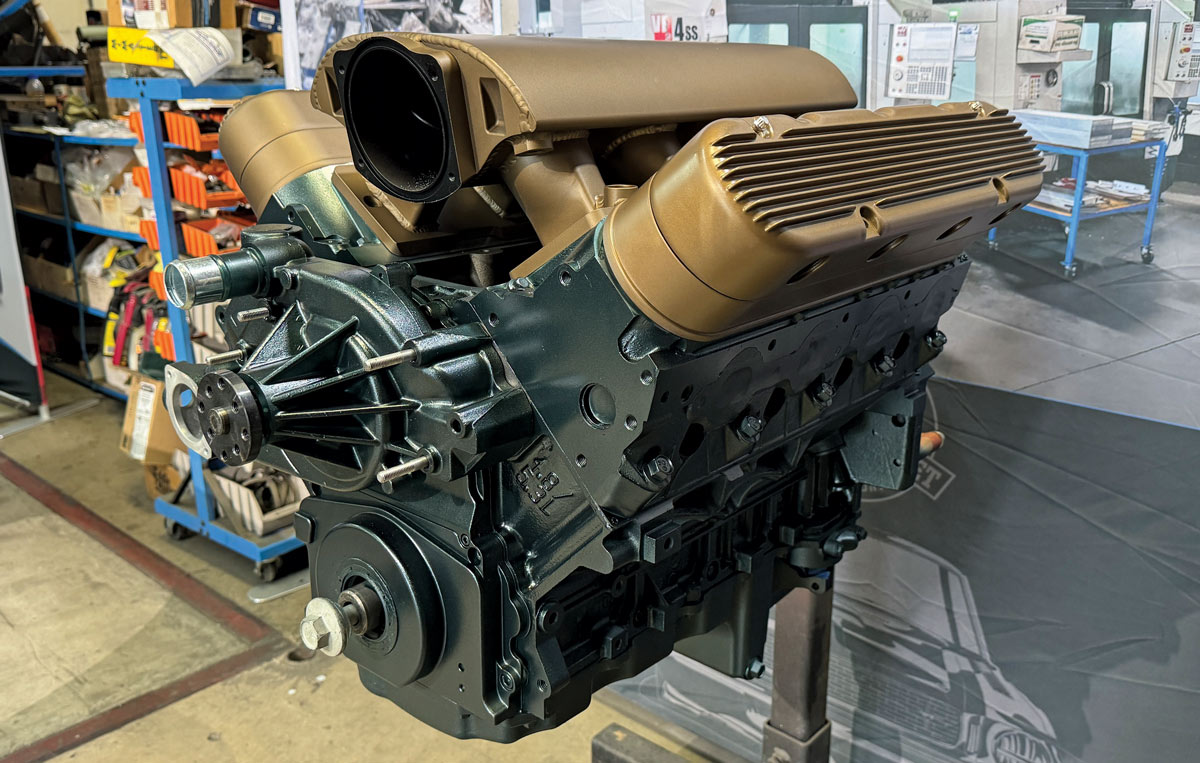
 SOURCES
SOURCES